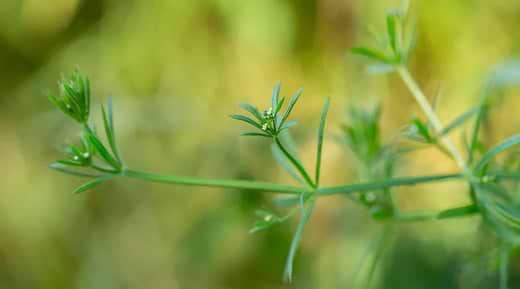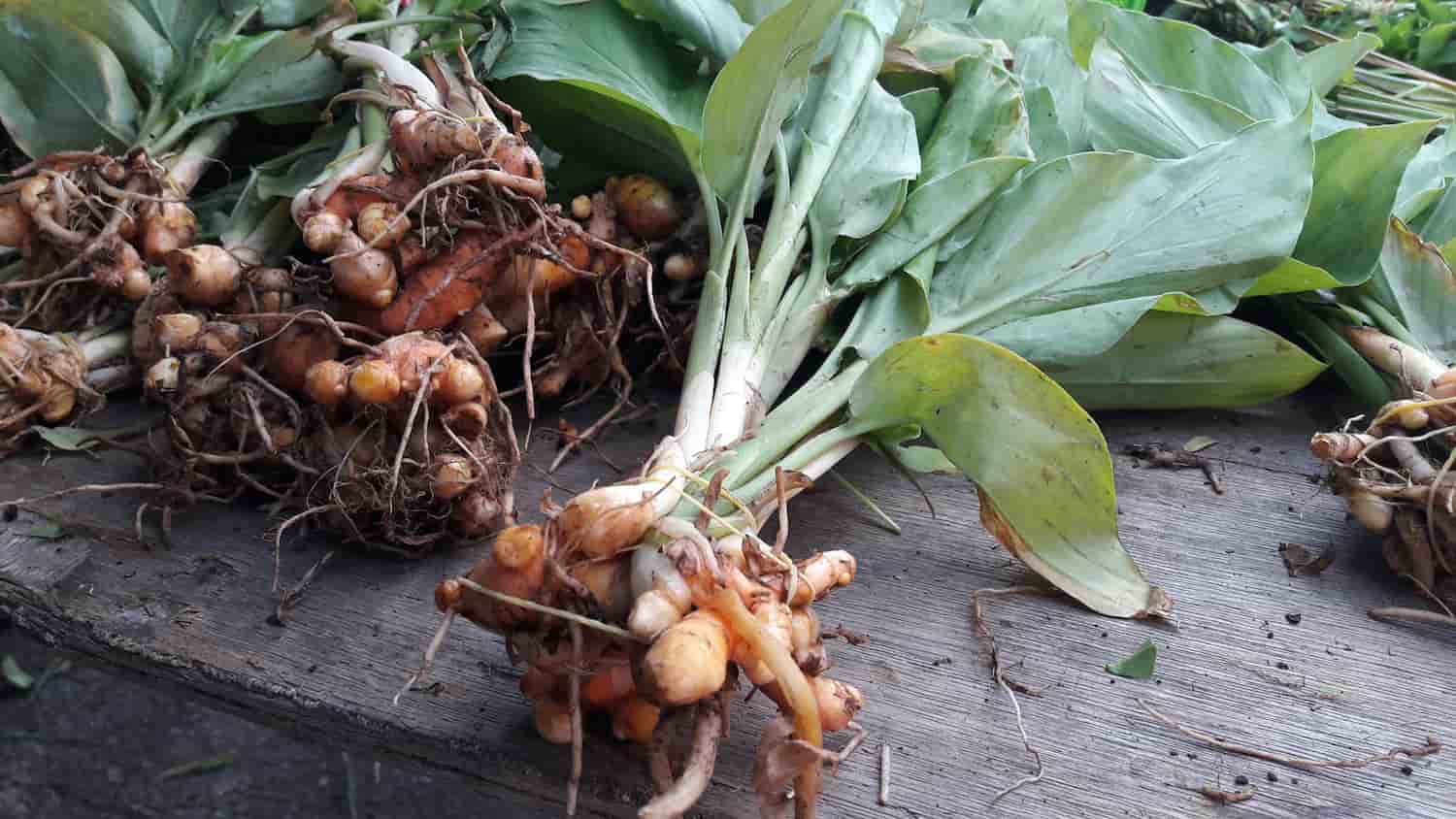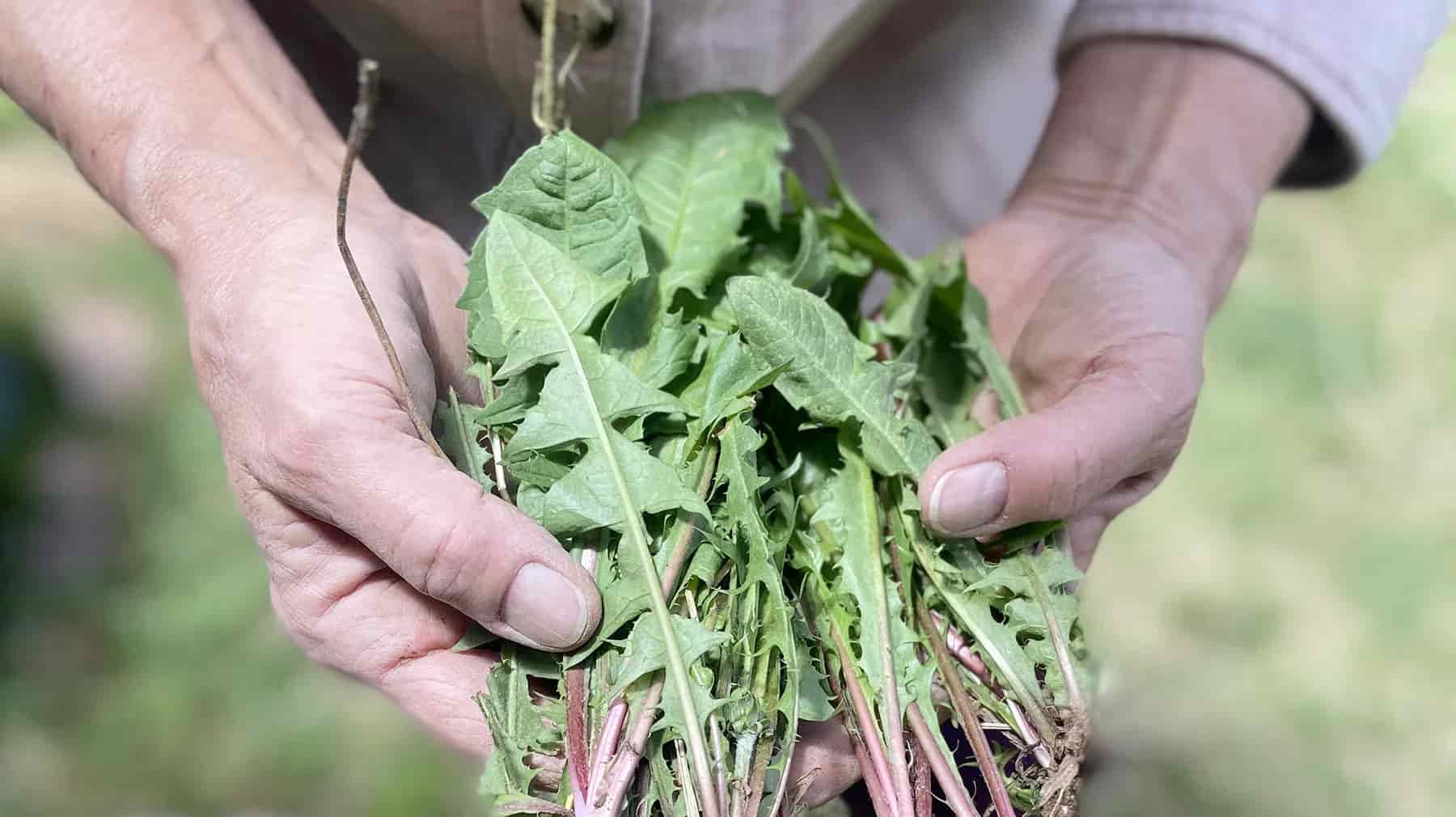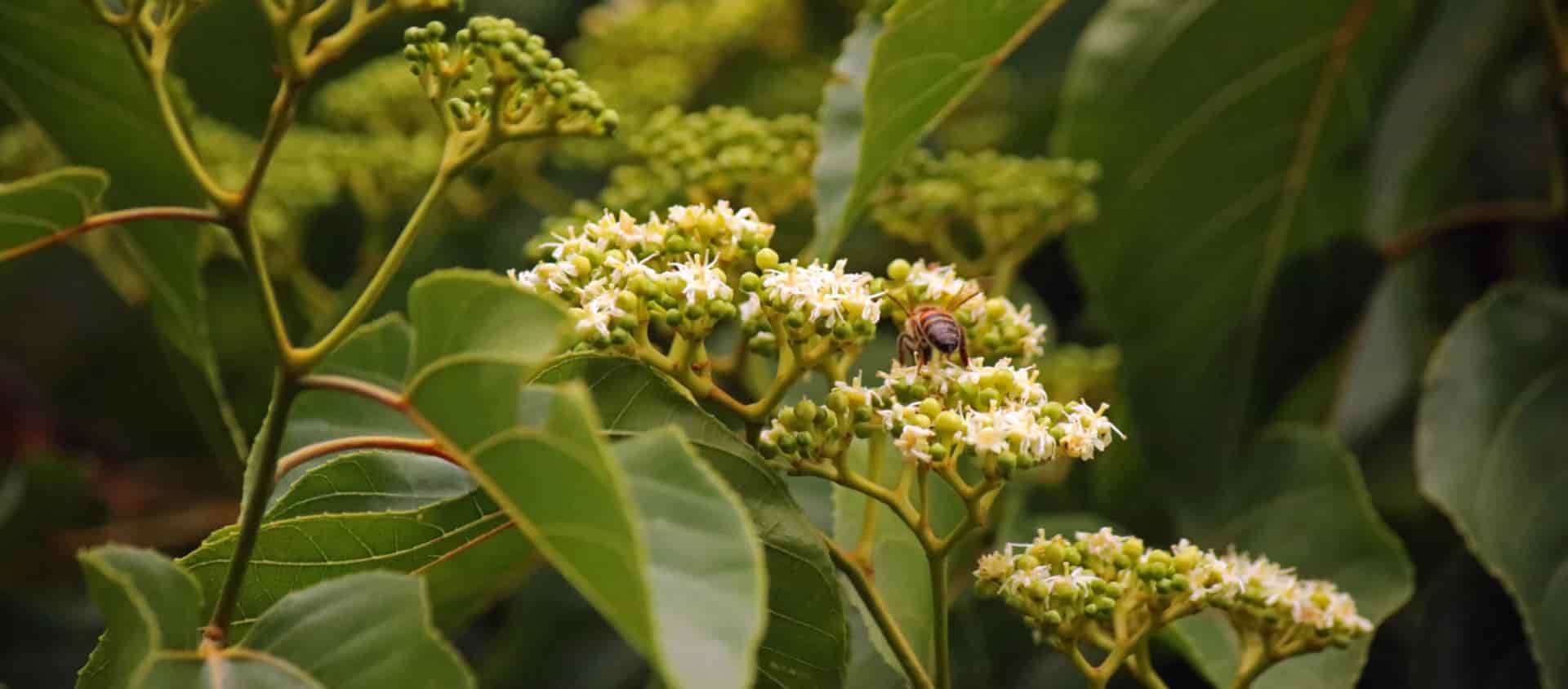The Autumnal Equinox occurs on September 22, 2021, at 5:20 p.m. MST in the Northern Hemisphere. This is an astronomical day of balance, where day and night are almost equal. Our beloved star, the Sun, crosses a threshold called the ‘celestial equator,' after which his strength slowly tapers as nightfall grows. The opposite holds true for our Southern Hemisphere relations, where the sunshine begins to return and springs life anew.
With the water fleeting, the air cooling, and the wind's encouragement, the forest is changing. Shifting ever so slightly day by day, making clearer each sound. The rustles that could not be heard before echo. Each vibration now more capable of being felt. It is the time to listen. To witness. To be aware. No other time reverberates as Autumn does. None other as potent for letting go and gathering all one needs to survive the silence and growing darkness.

Autumn at the Maroon Bells in Colorado. Photo Credit: Dan Anderson
All around there is bounty in the garden, fields, forests, and plains. We gather Juniper, Hawthorn and Elderberries as they dangle in ripeness from trees. In the brambles and along the shore, we collect Rosehips and Goldenrod. Turning our attention to our Mother, we dig in the soil for medicine now being stored in roots of Solomon's Seal, Astragalus, Cotton, Echinacea, Osha, Oregon Grape, Yerba Mansa, Dandelion, Burdock, Wild Yam, and Yellow Dock. Across the plains and meadows, we fill our baskets with Yarrow, Marigold, Sage, Saffron, Sunflowers, Tobacco, and Yerba Santa. Procuring cornucopias of Apples, Cranberries, Pumpkins, Acorns, Corn, and Squashes. Securing another season and year of nourishment, we set to collecting and drying seeds of our culinary and medicinal gardens: Calendula, Dill, Lemon Balm, Cilantro, Parsley, Oregano, Rosemary, Fennel, Fenugreek, Chervil, Hyssop, and Lovage.
Nature is always calling forth our gestation, always calling us home to ourselves, to her. Autumn arrives as her herald, nudging us into the potential awaiting within, found without. Take your place in the symphony of change, she calls. This is your cue. The grand play is already underway, and the Autumnal equinox is your chance to let go and BE that which is your true nature, your greatest potential.
How to Harvest Autumn Herbs
"Change now," Autumn whispers on the swirling breeze. Do not hesitate. Instinct. Action. Decisiveness. Hurry. Soak in those last warm rays of closer sunshine. Change. Adapt. Become. Catch the gust and rustle with the rest. Can you feel your aliveness? You're one with all. Feel into and express your gratitude for the bounty of life. The abundance of all seeds sown are available for harvest.
Collect Your Seeds
It feels good to slow down enough to be present with what is and take heed in answering Nature's call to become ready for change — both metaphorically and in the gardens, fields, forests, mountains, plains, and coastal shores. Journal and take note of what has ripened, what is ready to be composted, and what can be saved for new beginnings.
For herbs and plants you would like to sow:
- Harvest the entire seed head.
- Allow to dry entirely in a safe space that is cool and dry.
- Once dry, thresh the seed heads and compost any debris.
- Store in a dark, cool, and dry location in labeled jars.
For yourself:
- Reflect on the accomplishments and journey of the year.
- Process your emotions in a safe space, with support from your herbal allies.
- Once processed, give thanks to your lessons.
- Celebrate and share your abundance in soul growth.
Harvest Herb: Juniper
Juniperus communis, Cupressaceae (Cyprus) family
Part Used: Berry
Caution: Avoid during pregnancy and in kidney issues.

Juniper is found the world over, as this Cyprus family member flourishes in wet and dry, hot and cold, and shaded and sunny habitats. These small, smooth, dark purple, waxy coated berries taste similar to pine with a hint more sweetness. Perhaps you may know them best from the Spirit known as Gin.5 They are full of volatile oils that support our body's ability to maintain a healthy urinary tract. Most excitingly, there is new research suggesting that they may support and enhance our memory.6
Harvesting: Did you know that it typically takes up to three years for a Juniper to mature before producing its berries? Ask the tree for permission and, once received, gently pick its berries. Be sure to only harvest what you will need, no more. Remember to thank Juniper for its support in facilitating the recall of cherished memories and for being your friend in letting go of bodily wastes.

Harvesting Juniper. Photo Credit: Dawn Amber Miller
Harvest Herb: Solomon's Seal Root
Polygonatum multiflorum, Asparagaceae (Asparagus) family
Part Used: Root/Rhizome
Caution: Except for the root and tender young shoots, all parts of the adult plant, especially the berries, are poisonous and should not be consumed. The berries are stated to excite vomiting, and the leaves may cause nausea.

This potent herb is known as King Solomon's Seal, as the scar left on the rootstock after the stem dies back resembles the seal that King Solomon used for his magical endeavors. It has been recognized that it can communicate directly with our cells using exosomes (small vesicles secreted by plant and animal cells that participate in intercellular communication). The exosomes of Solomon's Seal have the ability to make adjustments to muscles, tendons, and bones as needed, supporting those which are too tight or too loose. It can also impact our fascia (the web of connective tissue that holds everything in its proper place) by nourishing it and making sure its moisture levels are correct, thus fully supporting movement of bones, tendons, and muscles where they belong within the body.
Harvesting: Please gather with wisdom and intention, and do no harm to the native stands. I think this excerpt from herbalist Jim McDonald is fitting:
Find a plant and trace down the stem till you feel the root in the soil. Very often the roots are quite close to the surface, and if this is the case, and there's not a lot of clay to deal with, you can harvest with your fingers - if not, hope you've got a small trowel... The front of the root will have the bud of the next year's growth, while the back can reach upwards of a foot behind the stem. Trace back two to three inches from the stem and sever the rear portion of the rhizome with a knife or trowel (or break it with your fingers), and pull that portion up from the ground. I find that if I run a finger underneath the roots as I'm pulling it up, I can collect it more effectively. It will be a creamy white color, and appear to have knobby knuckles indicating the previous year's stalks (I've collected plants over 13 years old).
Because the growing portion of the plant is never removed from the ground, plants harvested in this manner show no signs of impact or distress, and will continue to grow unimpeded by harvesting. Very often, new shoots will grow from where the root was cut, which means more above ground plants, more flowers, more berries, and so more seeds. Also, any pieces of the back of the root that break off will likely, as well, continue to grow into new plants. Collected
in this manner, you'll have more plants growing where you harvest than were there when you started, and that is indeed a good feeling. We often, as herbalists, talk about asking permission, making an offering, and thanking the plants we gather for their medicine. These are all acts of importance. But a pinch of Tobacco or a "thank you" won't mean nearly as much to a plant as being collected in a respectful and sustainable manner that allows it and its children to continue to thrive in its habitat. Taking the time and extra effort to harvest in this way shows the plant how deeply you respect it, and it will return this kindness not only with its continued growth, but by offering the sweetest of medicines.3
Culinary Harvest: DIY Herbal Butter
With the coolness and darkness growing, savory dishes created with our herbal allies bring the fullness of sunshine back into our lives. Here is an easy recipe that lends robust taste!

Photo Credit: Good Thyme Kitchen
Ingredients*
- ½ cup grass-fed, local, organic unsalted butter
- 1 tablespoon finely chopped Rosemary leaves
- 12 Juniper berries, pounded in a mortar and pestle
- 2 Garlic cloves, finely chopped
- Sea Salt & Peppercorns to taste
Directions
- Cream the butter until soft.
- Stir in the herbs.
- Enjoy and share with loved ones!
*Substitute Rosemary & Juniper for equal parts Sage & Thyme; Basil & Oregano; or Dill & Coriander.
References:
- Cech, Richo. Making Plant Medicine. Williams, Oregon: Horizon Herbs Publication, 2000.
- Hoffman, David. Medical Herbalism: The Science and Practice of Herbal Medicine. Rochester, Vermont: Healing Arts Press, 2003.
- McDonald, Jim. "Solomon's Seal." Herbcraft~Solomon's seal (polygonatum biflorum), 2012
- Wood, Matthew. The Practice of Traditional Western Herbalism: Basic Doctrine, Energetics, and Classification. Berkeley, California: North Atlantic Books, 2004.
- Leung AY, Foster S, eds. Encyclopedia of Common Natural Ingredients Used in Food, Drugs, and Cosmetics. 2nd ed. New York, NY: John Wiley and Sons, Inc; 1996.
- Sowndhararajan, K., & Kim, S. (2016). Influence of Fragrances on Human Psychophysiological Activity: With Special Reference to Human Electroencephalographic Response. Scientia pharmaceutica, 84(4), 724–751.
Dawn Amber Miller has apprenticed and studied across the United States of America and has received certificates in traditional and medical herbalism from the Appalachia School of Holistic Herbalism, the Commonwealth Center for Holistic Herbalism, and the Hawthorn Institute. She is a passionate steward of the sacred realm of Nature and moves with the wildflowers, tending the rituals of wildcrafting heart and hand. Currently she is a customer journey representative at WishGarden Herbs.
For educational purposes only. This information has not been evaluated by the Food and Drug Administration. This information is not intended to diagnose, treat, cure, or prevent any disease, or sell any product.
Feature image: František Dvořák
Recommended Products
Further Reading













